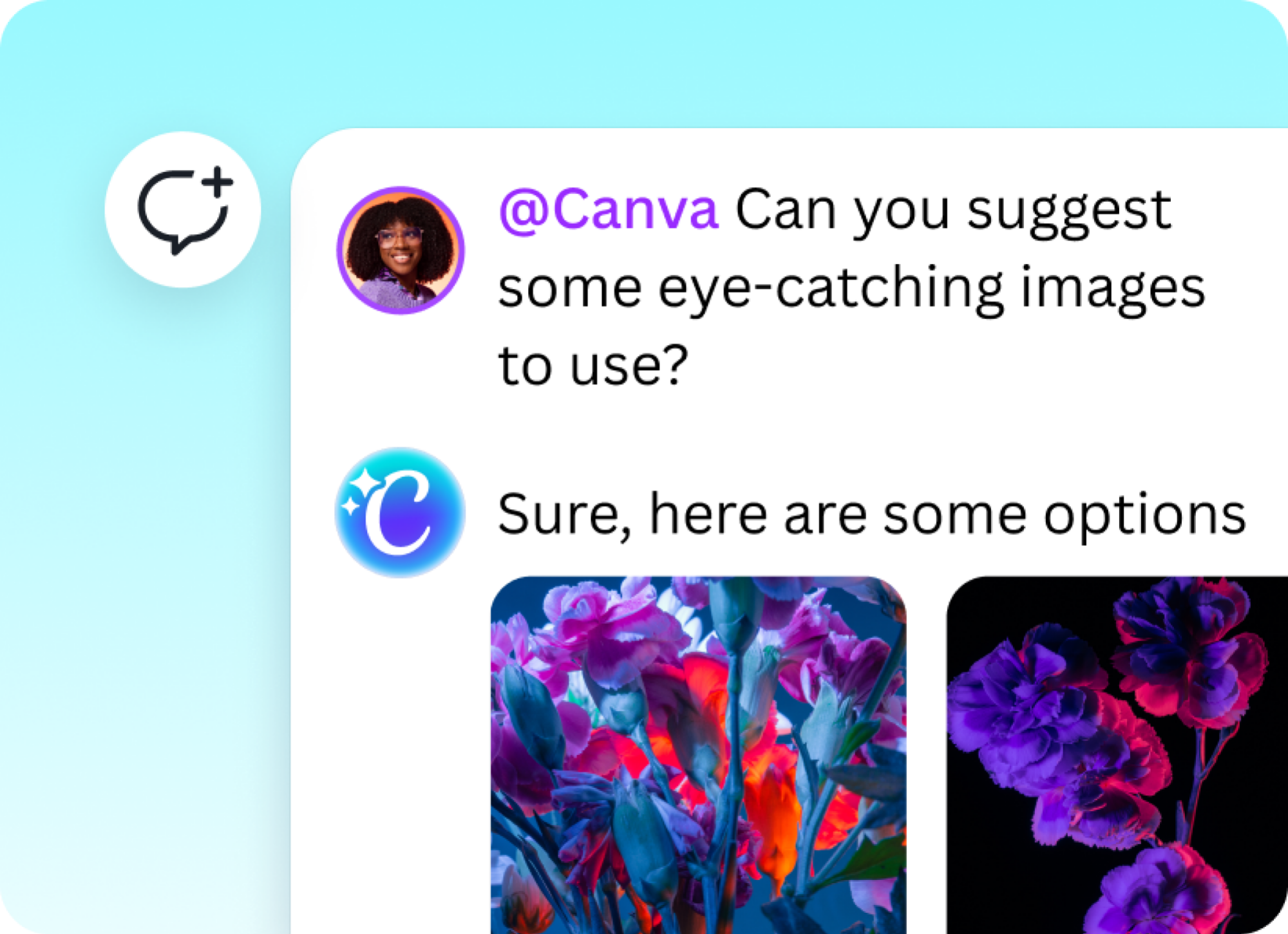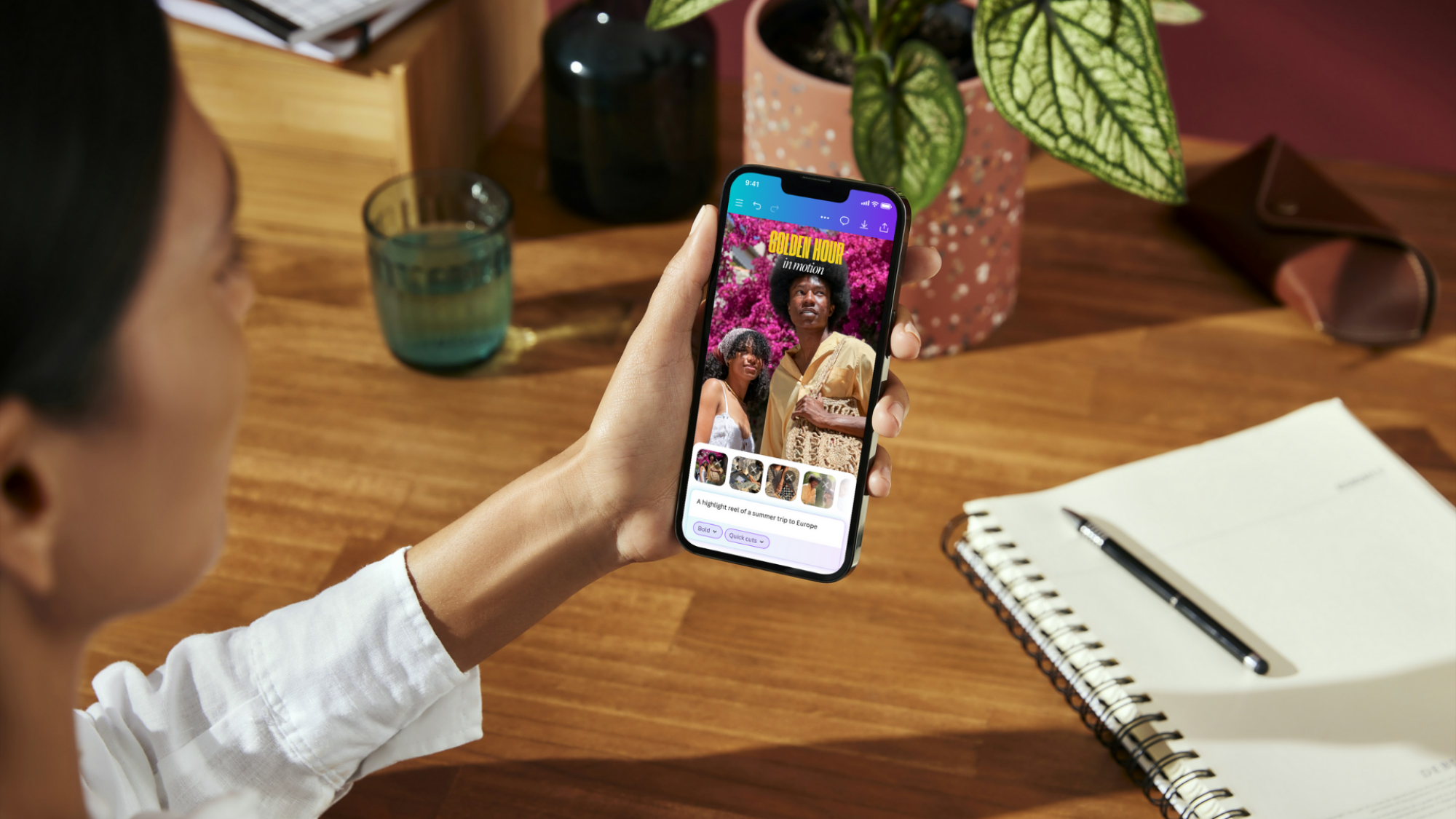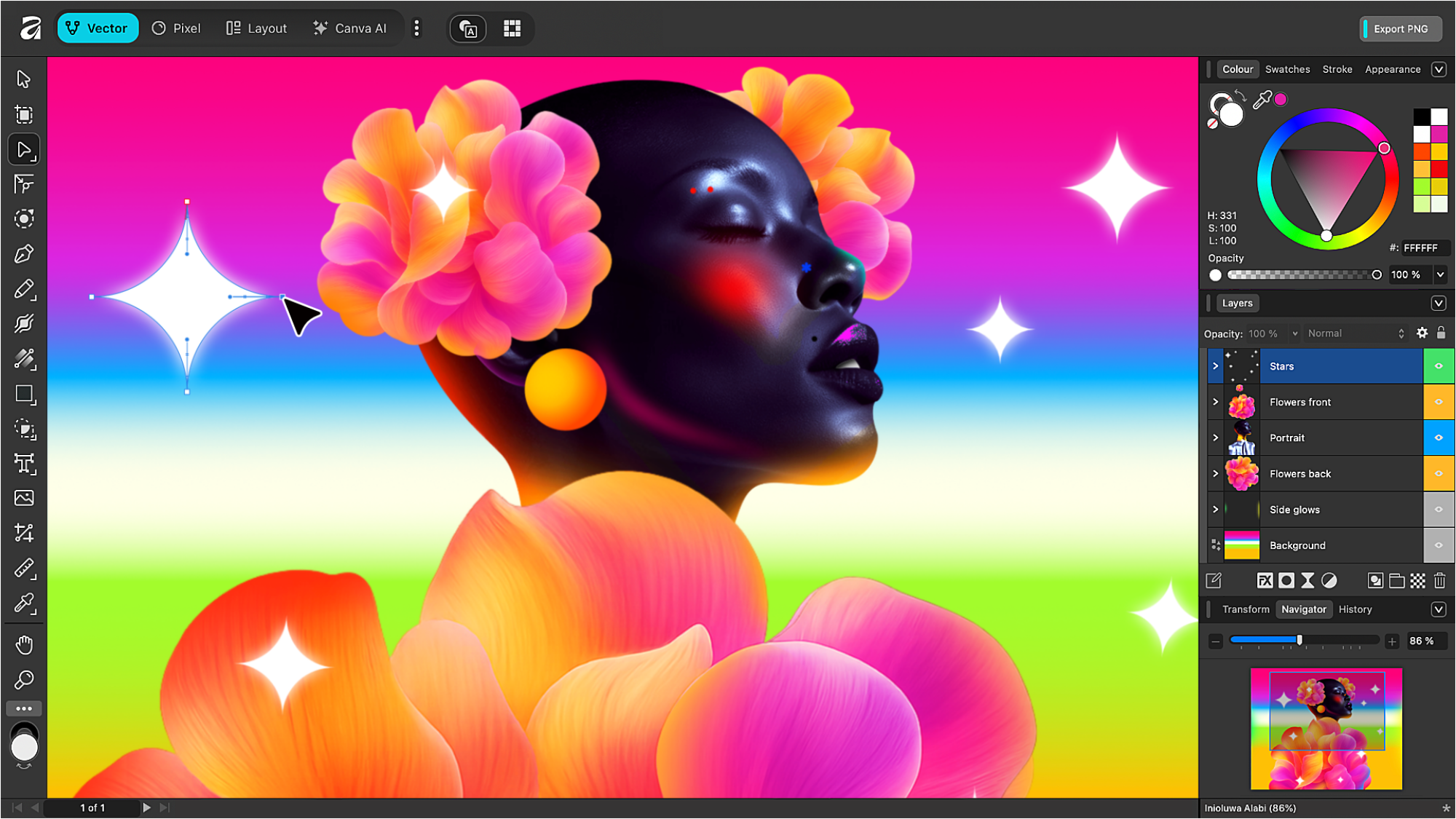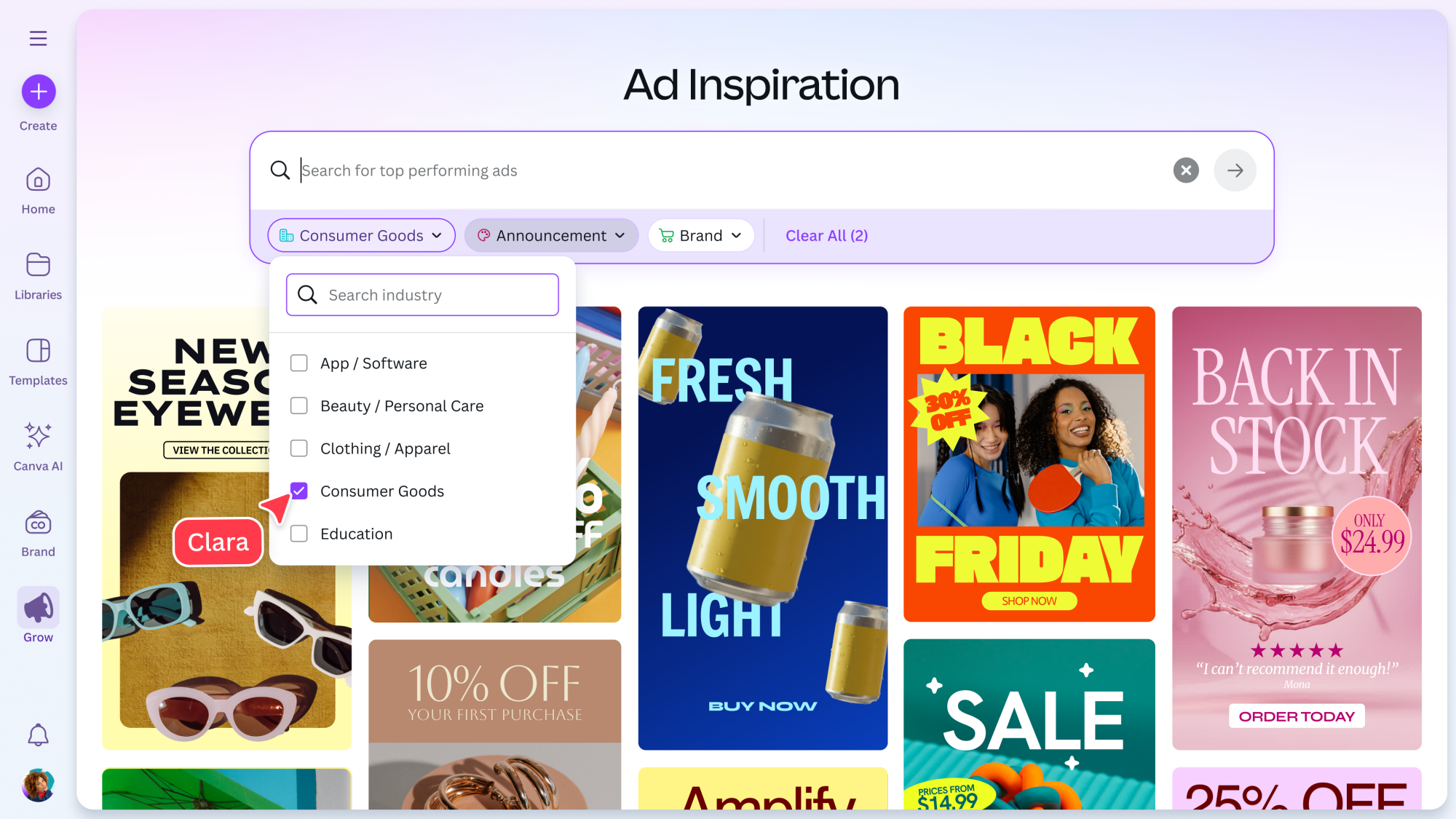I run marathons. I post about running marathons. But you won’t see my sweaty face mid-stride, my pace per mile, or the unglamorous truth of what 26.2 miles does to a body. No shots of my form breaking down at mile 20, no documentation of the new insecurities that crop up when you realize your running gait is asymmetrical or your breathing sounds like a dying dog. I share the accomplishment—the medal, the bib number, maybe a scenic shot from the course—but I carefully curate out the messy reality.
Is this humility? Self-protection? Or am I just bragging with plausible deniability, performing health while refusing to actually perform it? After all, isn’t social media fundamentally a bragging platform, a highlight reel we all tacitly agree to maintain? But then why does hitting “post” feel like walking a tightrope between inspiration and judgment, between pride and shame? And why am I so acutely aware that in 2025, as thinness resurges as the aesthetic ideal and fatphobia floods our feeds with renewed vigor, any post about fitness exists in a minefield of interpretation? Social media may not be “the real world,” but when it comes to our mental health and how we perceive our bodies, it’s very much a real world—one with real consequences.
I put out a call on Instagram asking people about their relationship with posting workout data and fitness content. The response was overwhelming: well over a hundred replies, from fitness influencers building their brands, to private account holders who rarely post, and everyone in between. People were bursting to talk about this, which suggests we’re all grappling with the same question: When does sharing our health journey become performing it—and what do we lose in translation?
The performance of health on social media
“Social media didn’t create this—it just amplified what was already there in fitness culture,” says Echo Wang, founder at Yoga Kawa. “It’s become a place to gain clout and sell an image, so it’s no surprise that wellness and gym culture thrive there. People have always wanted to look a certain way, which social media has just made public and constant.”
What’s shifted isn’t necessarily the desire for fitness or even the vanity that sometimes drives it—it’s the volume and velocity. Wang says that what’s really worrying “is how body image expectations keep getting more extreme. The duality of social media is that you have access to an infinite amount of knowledge and community, but at the same time, you are swimming in comparison and misinformation. The flood of conflicting advice keeps the industry spinning because everyone’s searching for that quick fix or magic formula.”
This sense of being pulled in contradictory directions was a major theme in my inbox. “I feel like I’m non-consensually being pulled in a million different directions regarding what I should be doing to benefit the most from working out,” says Polina Jewel. “I’m thinking about reps, calorie deficits, and creatine, when the only way for me to feel better about exercising (read: being in my body) is turning inward and listening to what feels good, and using that information to better myself.”
Even when you’re performing for no one but yourself, you internally negotiate the relationship between what you see in the mirror and what you feel in your body. Social media isn’t designed to cater to such a delicate, fraught balancing act. These platforms designed to share information have created such an overwhelming cacophony that the only escape is to tune it all out and listen to your own body.
The true cost of “public accountability”
Ryan Nilsen sums up what many seemed to feel, saying that “public accountability helped me start a routine right off the bat for going to the gym, but never helped performance. I feel like I need to trick myself sometimes when developing a new routine.”
Dr. Simon Faynboym, a psychiatrist at Neuro Wellness Spa, outlines both sides of the public accountability equation: “Posting your workouts can feel like you have your own cheer team; likes, leaderboards, and streaks make effort visible and give you quick hits of social reward. That public accountability can help people show up more consistently, especially if you thrive on competition, enjoy friendly challenges, or find it motivating to see progress over time.”
But he quickly identifies the pitfall: “On the flip side, it’s easy to chase vanity metrics like pace or the amount of steps at the expense of recovery and/or sleep. Constant benchmarking can create fitness performance anxiety, where the fear of looking slow, running less, cycling lower distance, or lifting less pushes people to overtrain or to curate only ‘good’ workouts.”
One Instagram response about step tracking perfectly captured this sort of performance anxiety: “I’ve had a 10,000 step streak going since last year. I’ve been updating my friends online regularly, so I feel determined to push the streak to at least 365 days, but at some point within the past few months it became less about keeping myself fit and more about hitting the number even when I should probably rest.” I’d be remiss not to mention that there’s nothing special about taking 10,000 steps each day in the first place. But the reasoning behind these goals gets lost in the pursuit of posting about achieving them. And when metrics inevitably don’t align with expectations, people feel like failures.What started as a tool for accountability morphed into an obligation, potentially at the expense of the very health it was meant to promote.
Sara Lebow also voiced this contradiction behind the “public accountability” defense. She says, “most of what people are doing online is pseudoscience wellness, or a form of optimization that can only be described as an obsession with control, one that’s bleeding into every part of our lives from work to dating. I want to work out and not track everything in this world. And yet, I weigh myself and then feel insecure, because that is what we do.”
The illusion of effortlessness
If you’ve ever been served a “candid” photo of a fitness influencer, it probably hasn’t made you feel great about your own body. But isn’t it oh-so inspiring? #Bodygoals, right?
Matthew Singer, a yoga teacher, says most “fitspo” (fitness inspiration) “is as helpful for fitness as previous winning lottery numbers are for winning millions. Fitspo cannot take into account genetics, job and family circumstances, health history, or any of the other countless factors that influence health outcomes.”
This gets at a fundamental problem: fitness inspiration content presents results without context, and bodies without the invisible scaffolding that created them. Similarly, actor Sean O’Connor says, “you have to remember that everything through the lens of a camera from a phone or otherwise is relatively propped up and fabricated, in the same way food commercials never use actual food.” The same mechanics apply to fitness influencers, O’Connor argues: “Even the selfie cam with no additional filters/digital trickery is a lens that doesn’t exist in reality. Simply turning on a ring light illuminates your face in a way that would never happen organically out in the world.”
But it’s not just about angles and lighting. O’Connor describes the invisible infrastructure that makes aspirational bodies possible: “All these public figures have teams of people helping look effortless. They have nutritionists, private chefs, personal trainers, state of the art equipment at their homes and some even have a team of PR people helping them manage an eating disorder, scheduling out how to give them the bare minimum of nutrition to keep them relatively functional, not unlike a warden at a prison labor camp.”
The class dimension is impossible to ignore: “These people don’t have to work, commute, rush through lunch breaks, have to cook their own food or pack lunches so they won’t be subject to the ever-declining quality of fast casual restaurant food. There is absolutely no reason to make yourself feel bad for comparing yourselves to wealthy public facing rich people with every resource imaginable at their disposal.”
O’Connor reframes what fitness actually is: “Fitness is less about looking perfect and is more about taking small steps to achieve and maintain longevity to live a long and healthy life. Anyone trying to sell you a quick fix is lying. Fitness is a marathon. And it takes a ton of frustratingly small steps to see what you want to see in the mirror. Don’t let the smoke and mirrors of social media dent the resolve of a slow and steady approach. Your body will thank you. (And so will your bank account because we live in a deeply stupid propaganda-riddled society where the healthcare system is run like a casino).”
Mason Boudrye, who describes himself as “someone known to post gratuitous thirst traps,” offers perhaps the most layered perspective on the pressure to perform fitness online. “I think the first thing to consider is how many of the men literally flexing their physique online are enhanced using steroids/tren/testosterone etc.,” he says. “Removing those from the equation, the next thing to consider is that for many creating this content is their job, so they’re dedicating hours a day to achieving their aesthetic, which isn’t remotely practical or realistic for most people.”
Boudrye also describes the dark side to achieving the perfect thirst trap: “Body dysmorphia, disordered eating, and exercise bulimia,” that last one describing when “bulking” is actually binging and “cutting” is unhealthy restriction. “This is certainly true for me, and I know it’s common, even if people don’t admit that the obsessive tracking and strict adherence to diet qualifies as disordered eating.”
But even with that self-awareness, Boudrye acknowledges the mental toll: “I have bad days where I am terrible to myself for failing to exercise, which sometimes transforms into resentment and indignation at the belief that people feel entitled to my body. This all might feel disingenuous considering my literal naked body is being liked and shared thousands of times as we speak. There’s so many levels and elements to it.” When you feel pressured to always perform a version of perfection—something unsustainable even to you—there’s naturally going to be shame on the days where you just can’t sustain it.
It’s so much more than metrics
Take it from me: Fitness is boring, incremental, unsexy work that happens outside the frame of social media entirely. The performance of fitness—the ring-lit selfie, the carefully pumped muscle, the optimized angle—bears almost no relationship to the actual practice of maintaining a healthy body over time. But that doesn’t get likes.
Instead, another recurring theme was the observation that social media fitness culture has become almost entirely divorced from actual health. Especially when it comes to viral fitness content, the need for perfect aesthetics gets absurd. “The need to go viral causes these influencers to be absolutely out-of-pocket,” says Andrew Barlow. “On the male side, I see extreme workouts including once a guy doing decline sit-ups while lifting a literal bench. From women influencers, it’s hyper-sexualized, where their target demographic doesn’t even seem to be women looking to be fit. Both of these are obviously issues in our culture in general, but exacerbated by the algorithm and chase of likes.”
Echo Wang frames this disconnect in terms of what gets lost: “From a wellness point of view, that incessant chatter is what causes anxiety and burnout. The pressure to show that you are ‘healthy’ enough, ‘fit’ enough, or ‘disciplined’ enough is very tiring. When everything is about data, validation, and aesthetics, you lose the connection with your body.” This goes for aesthetic-based apps like Instagram, but also ostensibly fitness-based ones too, like Strava with its leaderboards. Because when I post my runs on Strava, I keep all my data private—I’m too self-conscious to reveal what an utterly average runner I am, and I know plenty of runners who share my shame-based privacy. So, if you’re anything less than perfect, why post at all?
Who is this performance really for?
Perhaps the most revealing question is: Who is the intended audience for fitness posts? The responses suggest even the posters themselves aren’t always sure.
Claire Lower, former Lifehacker writer and powerlifting enthusiast, offers a perspective rooted in genuine love for her sport: “I like lifting, I look forward to it. I go to the gym whether I post or not. It has nothing to do with accountability—that’s why I pay my trainer. Posting is a good way for me to document for myself and track my progress. But if you look at any video of a woman powerlifting, a man has something to say about her form; I don’t want to reach a wider audience.” Here, posting serves a documentary function—a digital training log—but Lower deliberately limits her audience to avoid unsolicited feedback and mansplaining that plague women in fitness spaces online. Good on her.
Chika takes a different approach, posting strategically with a specific political intent: “I post heavy lifts intentionally because it’s really important to me that people see women lifting over 200 pounds, especially as there’s this move to thinness. Granted, health/fitness is very low on the list of my online presence, and some of that is probably because I don’t have the body of a traditional ‘fitness girl’, and so I fear if I posted regularly about working out, people would assume I’m on a ‘fitness journey,’ instead of just doing what I always do.” Plus, I know firsthand that Chika is correct in saying that fitness content “is guaranteed to get a good response, so I often do it intentionally when I want to promote something else on my story.”
For others, the audience becomes an unwelcome source of anxiety. Shenuque Tissera says, “I feel like there’s some really great representations of fitness for the sake of health, but a lot of the content and performance of fitness online has made me feel bad. I definitely now feel a bit compelled to work out because of online health performance even though I started working out for my own needs and health concerns. And while I used to not judge myself over the regular fluctuations of my own body, I find myself doing way more negative talk about my body that gets heightened with social media.”
Maya Almogy describes the comparison trap succinctly: “When I see other people post, all that functions as a reminder that I personally didn’t run today. Even if I did run that day, and I saw a post that someone ran more? Now I get an overwhelming sense of inadequacy.”
The fatphobia factor
The resurgence of thinness as the beauty ideal emerged as a particularly concerning theme. Jo Wild articulates the cognitive dissonance many feel: “I’ve recently seen a rebirth of fatphobia being seen as ‘cool’ that really disgusts me, and honestly makes me embarrassed to intentionally change my body in any way. I worry that the reason I want to be strong is that secretly I want to be skinny, and I don’t want people to know that secretly I want to be skinny. At the same time, I don’t fit into my favorite pants anymore, so maybe I only exercise in the hope that one day the button will close again. But I keep most of my gym time and dance classes off of socials, because I don’t like to think I’m contributing to a ‘health craze’ that’s really just fatphobia in a poor disguise.”
This represents a new layer of anxiety, not just about whether you’re fit enough, but about whether your pursuit of fitness makes you complicit in a larger cultural problem. It’s performance anxiety about the performance of fitness itself.
Alex Phipps, a fitness instructor, gave me an interesting counterpoint about online fitness classes: “People who normally didn’t work out or like working out really got into it way more than they did in person, and a lot of them told me that they felt that they couldn’t work out any other way, because they were terrified of being perceived by other ‘conventional’ fitness people. But online, they felt free to try and actually push themselves. The idea of strength as opposed to thinness being the goal is what has always motivated me, and it’s what I’d try to cultivate in my students.”
This suggests that for some, the digital space actually provides more freedom from judgment than physical gyms—though this creates its own irony given how much anxiety others experience from posting workouts online.
Finding balance
Faynboym offers practical advice for navigating this landscape: “The best fix is to occasionally hide or de-emphasize numbers that trigger you, share selectively, set goals you control, think of long-term progress, and post about rest days and form wins as often as you feel. Ultimately, use the crowd for support and let the metrics follow your body’s needs, not the other way around.”
But one of my favorite assessments comes from Dorian Debose, who posts fitness progress as part of adult content: “I think the vast majority of people are happy to see you make an effort. They understand it’s a process and they’re accepting of your faults. I project my own insecurities out onto them. I think for me, that’s like shadow boxing.” In other words, much of the performance anxiety around posting fitness content isn’t about what the audience actually thinks. It’s about what we fear they think, which is often just a projection of our own harshest self-judgments.
The overwhelming message from these responses is that fitness culture on social media exists in a state of productive tension: It can inspire and support, but it can just as easily trigger comparison, anxiety, and a disconnection.
The question isn’t whether to post or not to post—it’s whether we can find a way to engage with these platforms that keeps the focus on our actual bodies and health, rather than the performance of health for an audience that may be more imagined than real.
And maybe that starts with posting the sweaty face after all. Or not posting at all. Or posting only on days when it feels like record-keeping, rather than performance. The answer, frustrating or freeing as it may seem, is there is no answer to how you should post. Like with posting pictures of your kids, or your political opinions, or that perfectly curated gym selfie you snuck in the locker room: It’s your choice. There’s private physical experience, and there’s how we package that up for a wider audience. It’s an ongoing negotiation, and you need to be honest with yourself if you’re getting a raw deal.
















